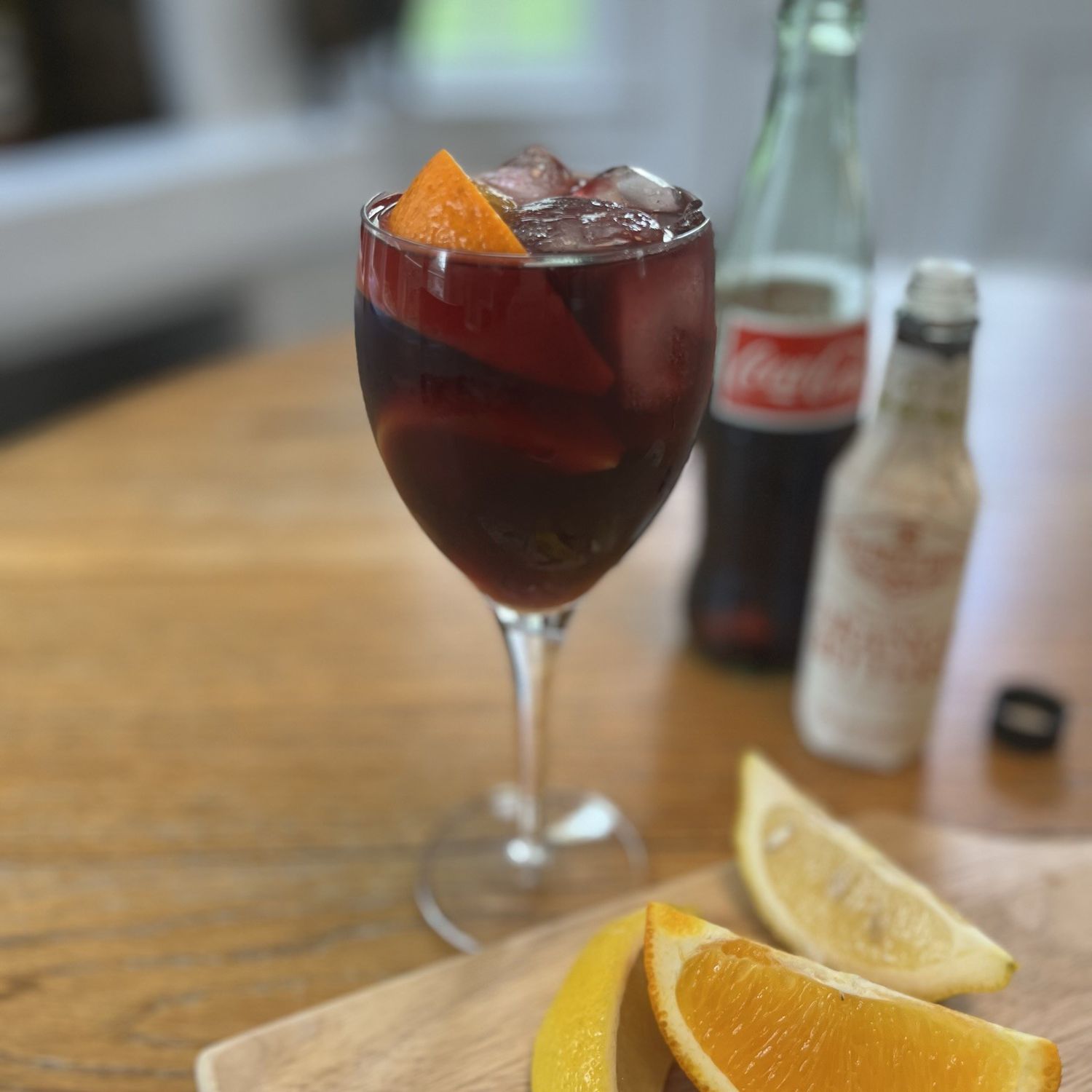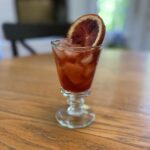The kalimotxo is a controversial drink that one time saved the day. There is no middle ground with the kalimotxo. You either love it or you don’t. In its defense, every culture has a version of this drink: something iconic made of affordable or commonplace ingredients.
The History of Coca-Cola in Spain
The kalimotxo is simply made of equal parts red wine and Coca-Cola with a hint of citrus. Coca-Cola has been distributed in Spain since the ‘20s but it was only found in fancy establishments. Things began to change when Coca-Cola established its first factory in Spain in 1953.
The mixture of wine and cola or Coca-Cola was already known and had many names, such as Rioja Libre instead of Cuba Libre because it was made with red wine instead of rum. Tincola, another name for this drink, comes from the Spanish “tinto,” meaning red wine, and cola, as in Coca-Cola.
In its purest form the kalimotxo is comparable to Mike’s Hard Lemonade or those Bacardi Breezers that were so popular back in the ‘90s. To open your heart to the kalimotxo, keep in mind the coming of age experiences we all share, like making Long Island iced teas with your friends or enjoying a little too much cooler punch at that party in your friend’s basement.
The Men, the Myth, the Legend—Kalimotxo
The kalimotxo’s origin story goes that a group of friends known as “Antzarrak” in the Basque country were put in charge of organizing the village festivals that are celebrated throughout Spain in the hot month of August. They purchased 2,000 liters of wine for the festival that was to take place on August 12th, 1972, celebrating the patron saint San Nicolás at the Old Port of Algorta (Getxo) in the Basque country.
No one knows exactly what happened but the purchased wine was bad and tasted quite sour. This would have been a big financial hit, but Antzarrak decided to combine the wine in a tub with Coca-Cola, lemon, and oranges to cover the sour taste.
They were hoping that because it was summer and the town was in a celebratory mood the village wouldn’t notice much. They went for Coca-Cola as its sweetness and effervescence were welcomed by everyone. The alternative—to not offer any refreshing drinks at the celebration other than water—simply wasn’t an option.
What Does “Kalimotxo” Mean?
Next, the crew knew they needed to come up with a name for their concoction. One of the members, named Kalimero (Kali for short), was known to always arrive late to gatherings. Kali happened to be a young man not known for his looks, and in the Basque language ugly is “motxo.” And so the kalimotxo or calimocho was born, was served to hundreds, and was surprisingly a huge hit!
50 Years of Kalimotxos
The kalimotxo was a sensation, and purely by word of mouth the refreshing drink became ubiquitous at summer gatherings throughout the Basque country and Spain. By the 1980’s it was so popular that it was being mentioned in movies, and due to its affordability and wide availability it was especially popular among Spanish youth.
The drink was so popular that Coca-Cola registered the name “kalimotxo.” The Real Academia Española (RAE), or Spanish Royal Academy, even recognizes the drink by name to mean the blend of red wine and cola. This concoction that saved the day in a small town in the Basque country may not win many cocktail competitions, but it stole the hearts of many over the past 50 years and is still going strong. Salud!
Tips for Making Kalimotxos
- Keep those bubbles—DO NOT stir this drink very much at all or it will lose its effervescence. Like shaking the soda out of soda water, you’ll get a flat drink.
- What kind of red wine to use—The wine you choose is key for a great kalimotxo. Traditionally it's made with what we think of as “unlabeled wine,” such as your favorite boxed wine. However, a nice fruity young red wine like Tempranillo (Rioja) or Garnacha works very well in this drink. They compliment the sweetness of the Coca-Cola. Avoid old vintage wines at all costs. You want an “ok” wine as wines that have been in a barrel too long will have a powerful taste that will not pair well with the Coca-Cola.
- It's gotta be Coke—The soda used must be Coca-Cola. Using another cola will make this drink too sweet and almost undrinkable.
- No diet soda allowed—Avoid using Coke Zero or diet Coca-cola for the best flavor.
“I know this cocktail sounds like an odd mix, but the finished cocktail is icy cold, not too sweet, with a complex citrusy finish. It reminds me of a really good sangria but without all the work.” —Joan Velush
A Note From Our Recipe Tester
Ingredients
-
4 1/2 ounces red wine, such as tempranillo or garnacha
-
Ice Cubes
-
2 dashes orange bitters, or to taste
-
1 medium lemon wedge, for juice and garnish
-
1 medium orange wedge, for juice and garnish
-
3 1/2 ounces Coca-Cola
Steps to Make It
-
Gather the ingredients.
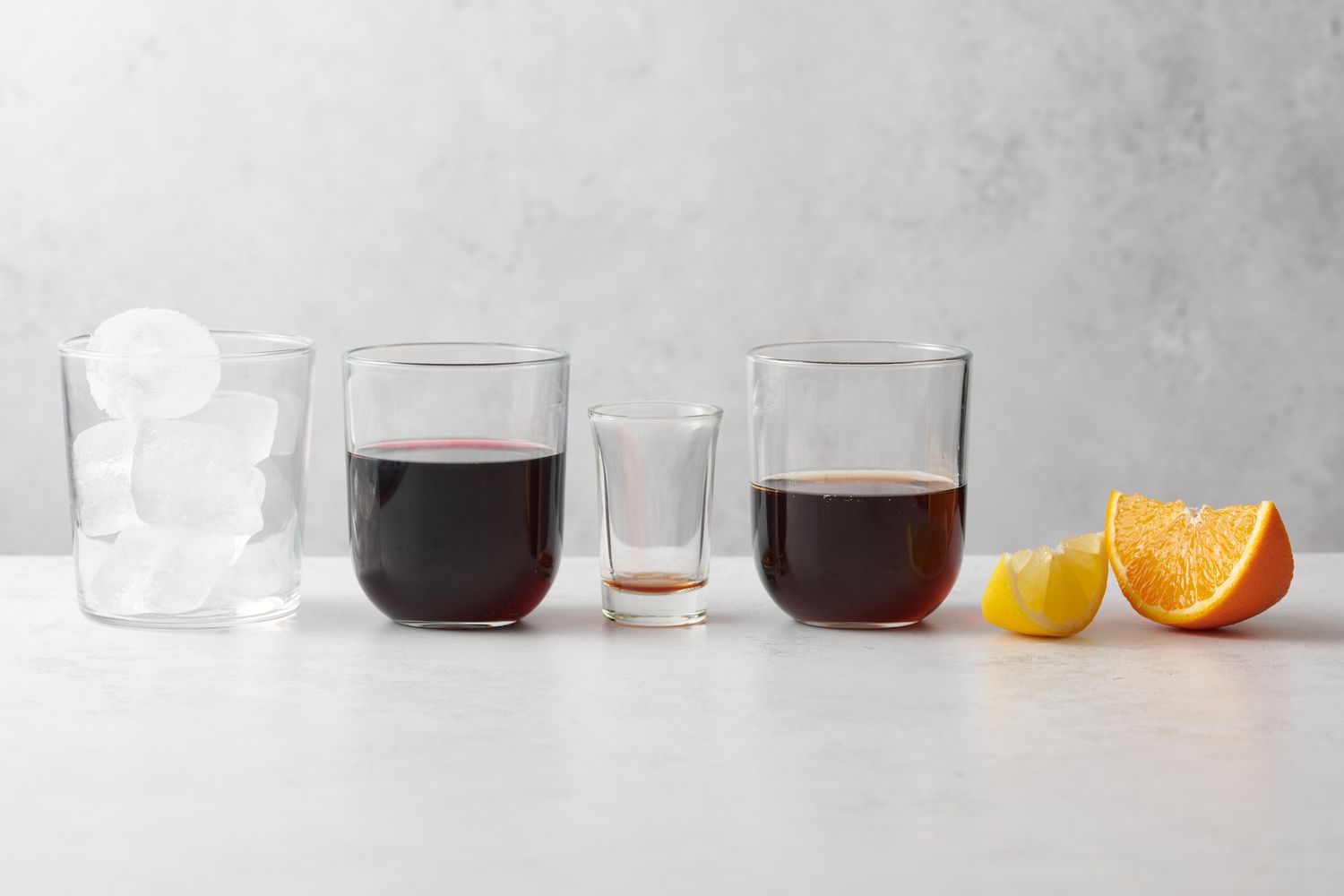
The Spruce Eats / Julia Hartbeck
-
Pour the red wine into a red wine glass filled with ice cubes and add the orange bitters.
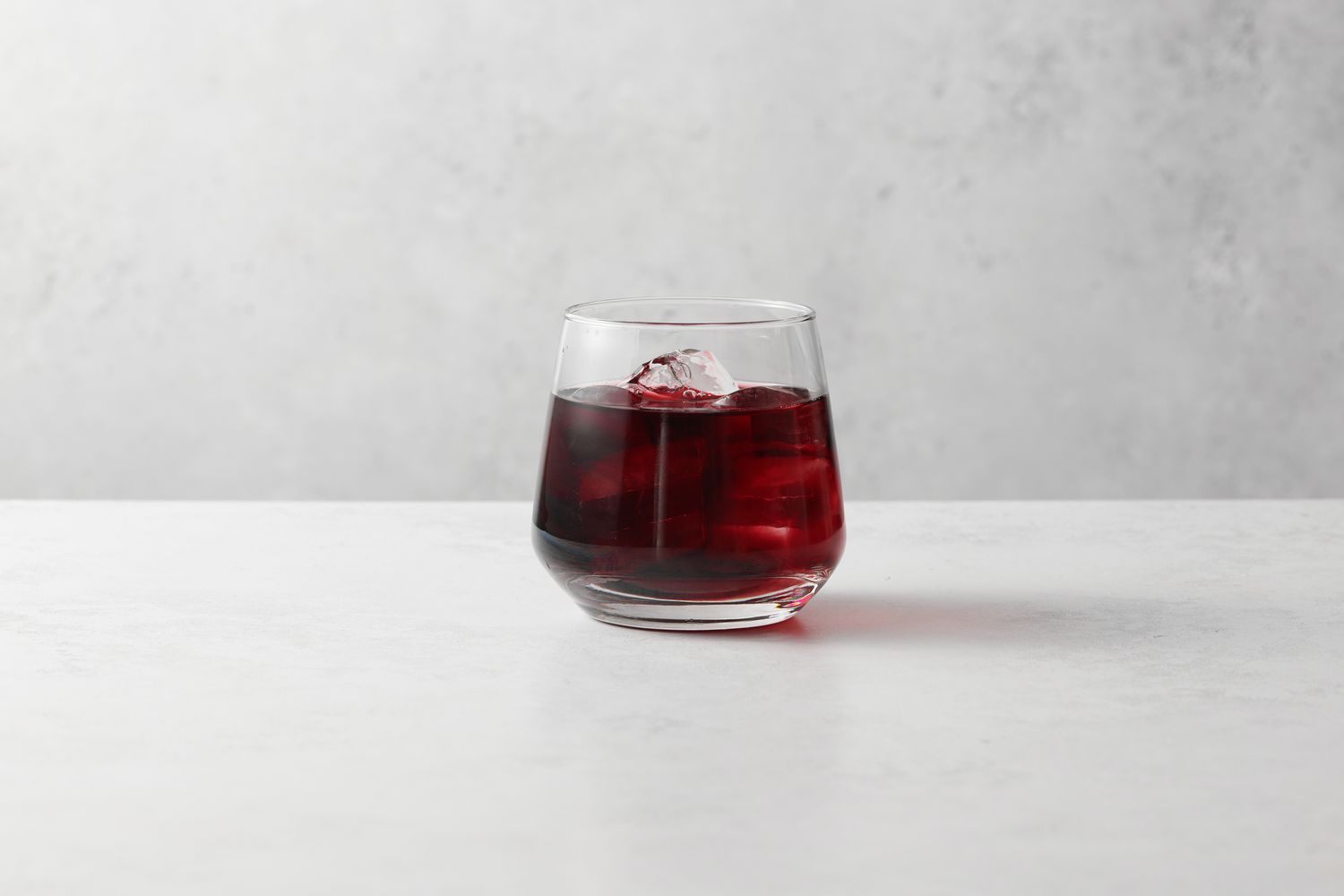
The Spruce Eats / Julia Hartbeck
-
Squeeze the lemon and orange wedges into the glass and add the spent wedges to the glass as well.

The Spruce Eats / Julia Hartbeck
-
Add the Coca-Cola and gently stir just enough to combine. Serve immediately.
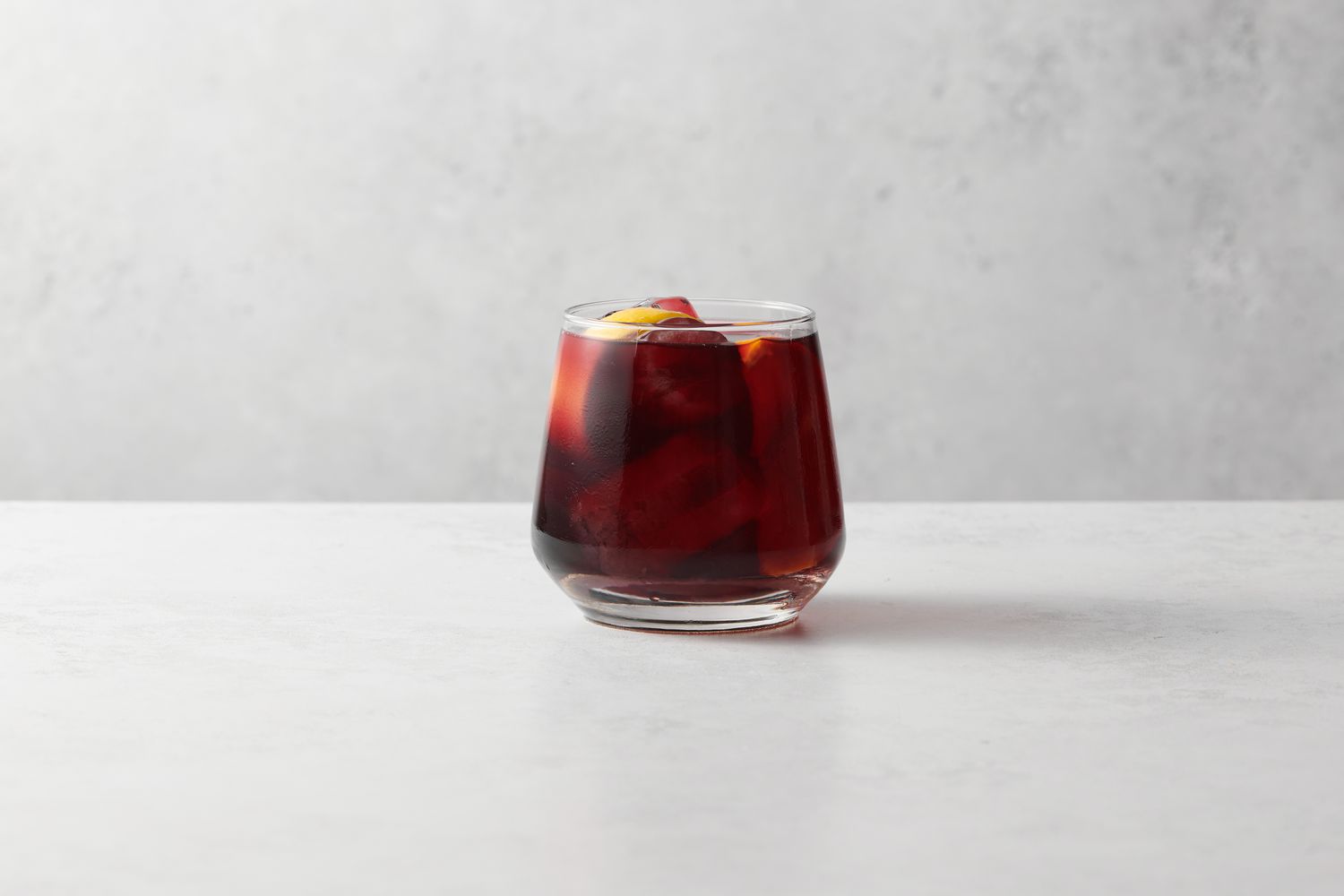
The Spruce Eats / Julia Hartbeck
Recipe Variations
There are quite a few variations on the kalimotxo. Most Substitute Coca-Cola with flavored sodas and switch red for white wine.
- Caliguay: White wine and Sprite or Fanta.
- Calipiña: White wine and pineapple juice.
- The Manolo: 2 parts red wine, 1 part Coca-Cola, and 1 part peach schnapps. This drink was created in Barcelona at Bar Manolo in the 80’s.
- Kalimotxo Mexicano: Beer and Coca-Cola mixed using the same ratios as the kalimotxo.
- Tinto de Verano: Red Wine and Lemon-Lime Soda (Fanta de limón)
